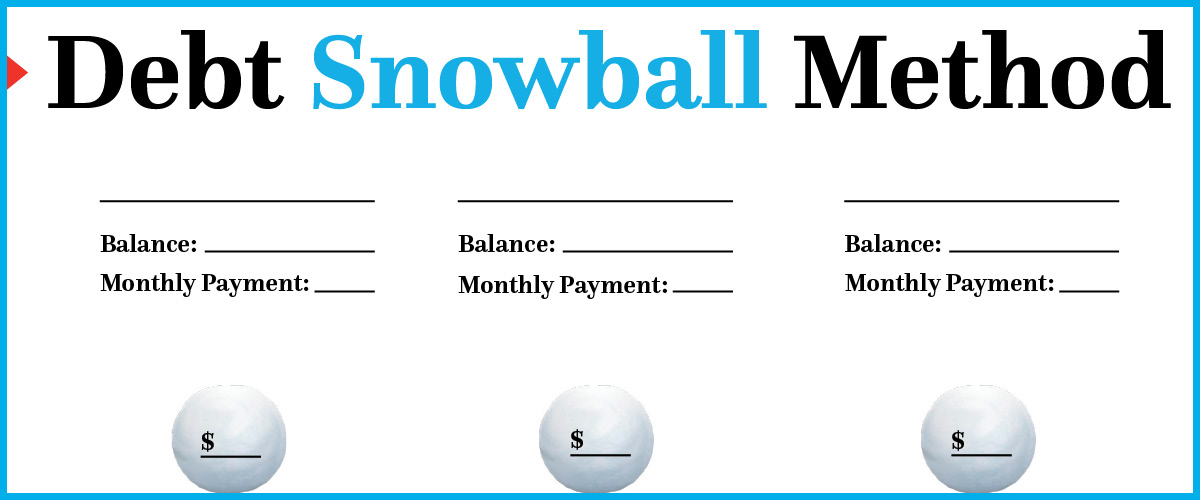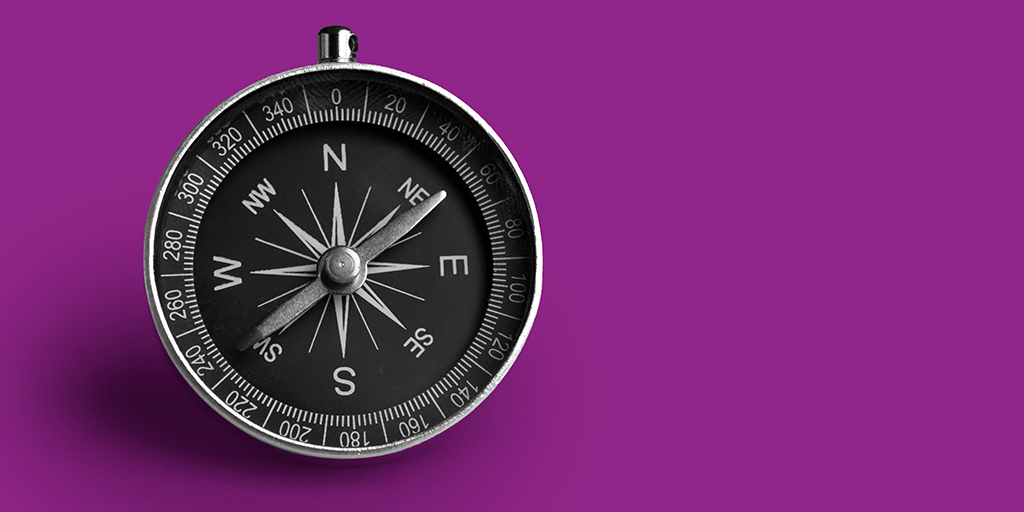How to Use the Snowball Budgeting Method to Pay Off Debt
Minute Read

How the Snowball Method Works
It would be nice if debt just melted away like a snowman in July. But the truth is that making debt disappear is more like making the perfect snowball—it requires time and effort. You build a snowball by rolling a small ball of snow until it gets bigger and bigger. The debt snowball method works similarly. You may be asking yourself, “what is the debt snowball method?” It starts small by knocking out the lowest balances, and then you tackle bigger and bigger debts creating a “snowball effect” as your debt repayment grows.
Like paying off one debt, earning small wins along the way helps you stay motivated. Here’s how using the snowball method to pay off debt works within your budgeting strategy.
- Write a list of your debts, such as medical bills, student loans or credit card balances. Arrange them from least to most money owed. Tip: Include your partner’s debts if you’re part of a couple.
- Continue making minimum monthly payments on all your debts except the lowest one. Tip: Preschedule the payments to avoid late fees that increase the debt.
- Pay as much as possible on the smallest debt while staying within your monthly budget. Tip: Try our ways to save money on grocery shopping and energy bills, and funnel those savings into your debt payments.
- After eliminating the smallest debt, begin paying extra on the next-smallest debt. Tip: Celebrate your small victories with a non-monetary reward, like a Netflix binge afternoon. Celebrating results provides an incentive to keep going.
- Move to the next-smallest and next-smallest debts until all your debt is gone. Tip: Continue building your savings even as your debt reduction snowballs. Loosely follow the 50/30/20 rule, putting money in your emergency fund and retirement savings each month while spending less on “wants,” such as takeout coffee or gym memberships.
Who Should Use the Snowball Method to Pay Off Debt?
Anyone can benefit from this technique. If you have student loans or loads of credit card debt, you may be an excellent candidate.
An Example of the Debt Snowball
Curious how to do a debt snowball? Let’s say you have a student loan with a balance of $10,000, a credit card with a $1,000 balance and a store credit card with a $400 balance. With the snowball method, you would pay the minimum on the first two while maxing out your monthly payment on the store credit card. You might, for instance, pay $50 on the student loan and the higher balance credit card and $200 on the store credit card. After two months, you pay off the store debt and begin paying an extra $200 monthly on the credit card. When that is gone, focus on the student loan.
Pros and Cons of the Snowball Method
The advantages of this technique include:
- Motivation to keep paying down debt.
- Making financial behavior changes that stick.
The disadvantages of this technique include:
- Progress on significant debts may be slower than you desire.
- Saving less money than if you tackled the most significant debt first.
Track Your Debt Payments with Mobile Banking
It’s always the right time to try a new debt reduction technique! Our digital banking tools can help you stay on track as your debt reduction snowballs by paying your bills online or scheduling online money transfers. Plus, mobile banking lets you track your account on the go. Still have questions about how snowball debt works? Contact our team.




